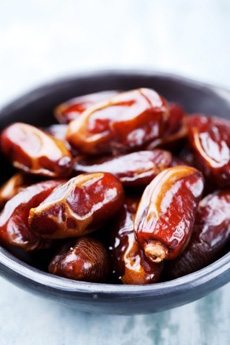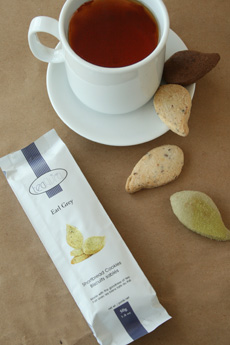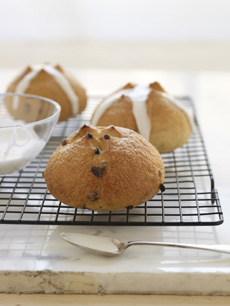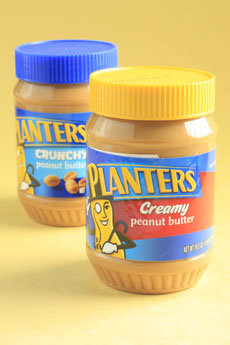|
Dates have been called “the world’s first energy snack.” Perhaps the first cultivated fruit (figs are the other contender), dates are as sweet as any dessert. But they’re energy powerhouses for any time, containing nutrients to jump-start the day and nourish us throughout it.
The date palm tree is believed to have originated in northern Africa. It was cultivated along the banks of the Nile River throughout the “fertile crescent.”*
*Also known as the “cradle of civilization,” this area between the Tigris and Euphrates Rivers comprised the lands we now know as Iraq, small portions of Iran and Turkey, the Levantine coast of the eastern Mediterranean (Lebanon, Israel, Jordan, Syria and the West Bank) and Egypt’s Nile Valley.
Wild dates are not edible, but early horticulturalists discovered how to grow a version bearing sweet fruit. Whatever they did, a premium date has the sweetness of honey crossed with sugar syrup. The flesh is soft and easily digestible. Its simple sugars—fructose and dextrose—replenish energy quickly.
Why else should you snack on dates?
|
|

Dates are a succulent, sweet and healthful
substitute for cookies and other refined
sugar. Photo by Loooby | IST. |
With only 24 calories per date (248 calories per 3.5 ounce/100 gram serving), dates are as satisfying as candy and baked goods stuffed with refined sugar and flour (empty calories). Yet dates are high in dietary fiber and contain more potassium than bananas. They are virtually fat-free, cholesterol-free and sodium-free. And they contain an impressive number of vitamins.
The science behind dates is also impressive. The fruit is loaded with different antioxidants that help with cholesterol, inflammation, eyesight and various cancers.
As with any food, quality makes a big difference. There are luscious dates that are “food for the gods,” and sad, dried-out dates that at best should only be used for cooking and baking. If you can’t find good dates locally (we have this problem), you can buy them online. NutsOnline.com is a good source.
You can also find pitted dates and organic dates, plus delicious date confections: dates rolled in chopped nuts or coconut, or covered in chocolate.
TYPES OF DATES
If you don’t know your dates, start with one type and then try other varieties. Each has its own appeal.
Barhi dates, for example, are chewy like a caramel and have a caramel flavor.
Halawi dates deliver sweet caramel flavor with a soft flesh that isn’t chewy.
Honey dates are soft, creamy and melt in your mouth.
Khadrawi dates are very soft and almost pudding-like.
Medjool dates, our favorite, are large, sweet, succulent and always a crowd pleaser.
Zahidi dates are a smaller and less sugary date, ideal for those who prefer less sweetness.
HOW TO ENJOY DATES
In addition to snacking from the bag:
Instead of cookies or other sweets, serve dates with coffee or tea.
Make snack skewers, alternating dates and cheese cubes with grapes or other fruits.
Chop them and add to salads.
For breakfast or a snack, have a few dates with yogurt.
Add dates to rice pudding and other puddings, in addition to or instead of raisins.
Add whole dates to stews.
Serve chopped dates with breakfast foods to start the day with more energy. They’re delicious on hot or cold cereal and you can refrain from adding refined sugar. Or serve as a garnish for pancakes or eggs.
For a seductively good dessert, stuff pitted dates with mascarpone and dip the open ends in chopped pistachios.
With cocktails, stuff dates with tangy soft goat cheese.
Make it a date!
|



